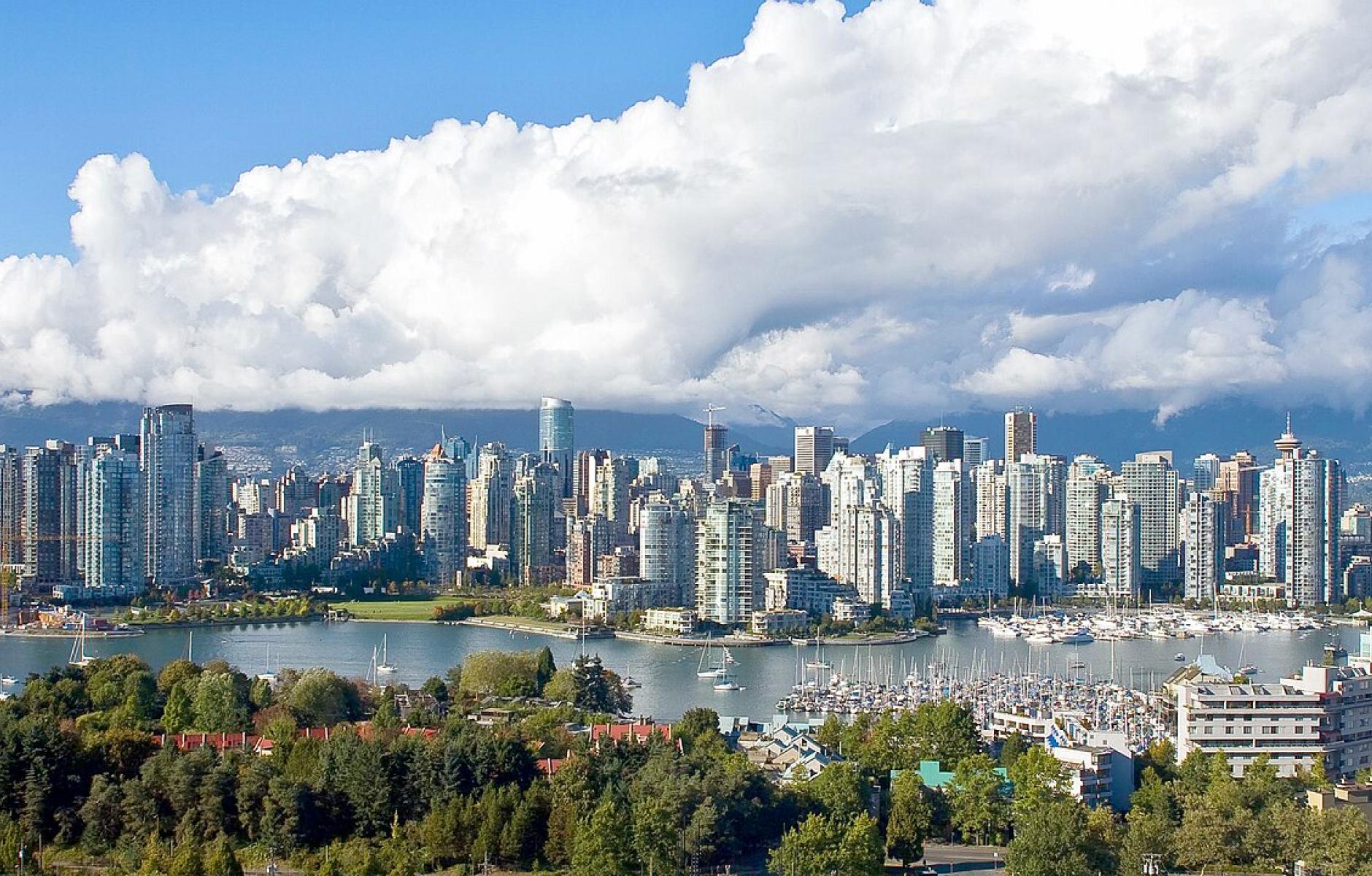
The case for incremental development
Last November, Patrick Condon spoke somberly to a crowd of journalists in Cambridge, Massachusetts. He seemed defeated. He’d lost all hope.
Condon teaches sustainable urban design at the University of British Columbia in Vancouver. As he explained, much of his life’s work had been spent advocating for increased housing production there. At his urging, the sleepy port city doubled in size, its skyline becoming dominated by glass and steel high-rises.
There was a tremendous amount of building. And yet, at the same time, Vancouver was not becoming more affordable. Instead, it saw the rise of capital flight, where the rich parked their funds in the city’s new luxury condominiums. Income inequality became rampant, housing pushed ever further out of reach.
Condon had a word of warning to his audience: it could happen to your city, too.
At a gathering of New Urbanists in Cincinnati this May, Peter Calthorpe, a founding member of the movement, made a proclamation.
The housing crisis, he said, would not be solved by “Mom and Pop” developers, who cannot build at the scale needed. Instead, Calthorpe presented a new state law in California—a broad stroad upzoning—that essentially makes it easy to build five-over-ones wherever there are strip malls.
Calthorpe was clear: small developers cannot be counted on to solve our housing crisis. Rather, with a few zoning tweaks, the development giants will be our rescue. The likes of Toll Brothers, CBRE, and Greystar coming to a city near you.
But Calthorpe’s declaration betrayed an ignorance about what makes a great place. It is a blunt strategy, one that views housing in terms of units rather than an essential element of an environment that one calls home.
First, a bit of theory: the best places are created by many hands over time. Our historic neighborhoods and main streets bear the marks of this process, certain identifiers like detail, human scale, and granularity. Each parcel is its own creation.
This adaptive process was first popularized by the architect and instructor Christoper Alexander, in his book The Timeless Way of Building (1979). Alexander’s central thesis is that our places must be made by us, in an adaptive process that cannot be imitated.
Many have tried to copy the process, and few have succeeded. Commercial Real Estate (CRE), with the help of well-meaning planners and architects, tries breaking up the massing, making it look like one blocky building is really four or five.
But the average pedestrian can quickly tell the difference between a product of today and what came before. CRE builds the same thing, over and over again, with little concern for context, with as little adaptation as possible, the goal being a sterile, systematized product.
It’s also hard to believe that an abundance of Toll Brothers will contribute to anything other than higher rents and vacant units. CRE is itself the product of a financial system, with its demands for robust returns and leveraged portfolios. As Charles Marohn pointed out in a Strong Towns article in April, many new developments were choosing to let their units go empty and get a tax write-off, rather than lower their asking rents.
Patrick Condon, in his dour presentation, pointed out that, as his peninsula urbanized to densities similar to Manhattan, prices didn’t go down. Rich people came and parked their money there. The rest were left to fend for themselves.
Perhaps instead of waiting for Greystar and AvalonBay to save us, we can begin building ourselves.
Diversified development has three main advantages: aesthetically, it allows the community to grow in a way that is more respectful of its context; economically, it allows local people to build local wealth by investing in their place; and, from an affordability perspective, it can deliver moderate-income housing at affordable prices without public subsidy.
Importantly, we are already seeing a push for more incremental, diversified development across the country: From pattern books in Norfolk and Kalamazoo, a “Design & Do” toolkit created by the state of Vermont, to same-day backyard cottage permits in San Jose. Each initiative chips away at that sizable regulatory barrier that might make ‘Mom & Pop’ shy away from even thinking about building.
But one community has gone even further, working to promote a local culture of small-scale development. South Bend, Indiana, has published a pattern book of pre-approved homes, and revised its zoning code to be readable to someone with a high school education. The city’s “Build South Bend” program is actively sponsoring developer meetups and virtual trainings, helping to demystify the often opaque world of development. South Bend is taking an active role in promoting a community of builders, signaling, quite plainly, that it wants people to invest in their place.
We can upzone every stroad in America. We can ask Commercial Real Estate to plop the same five-over-one everywhere—and, if they agree, we’ll make progress on—but likely not solve—the yawning maw that is our housing crisis. At the same time, we will, at scale, create even more bland, shoddy-looking places where the money is quickly funneled up and out. That is one way to try to solve the problem.
The alternative is to think a bit more critically about the pattern of development we’d like to kickstart in our communities. Is it one that benefits and is borne by the many, or the few? Is it one that creates vibrant, diversified places, or unsettling sameness? We can build more Vancouvers or build more communities.
The choice is ours.




